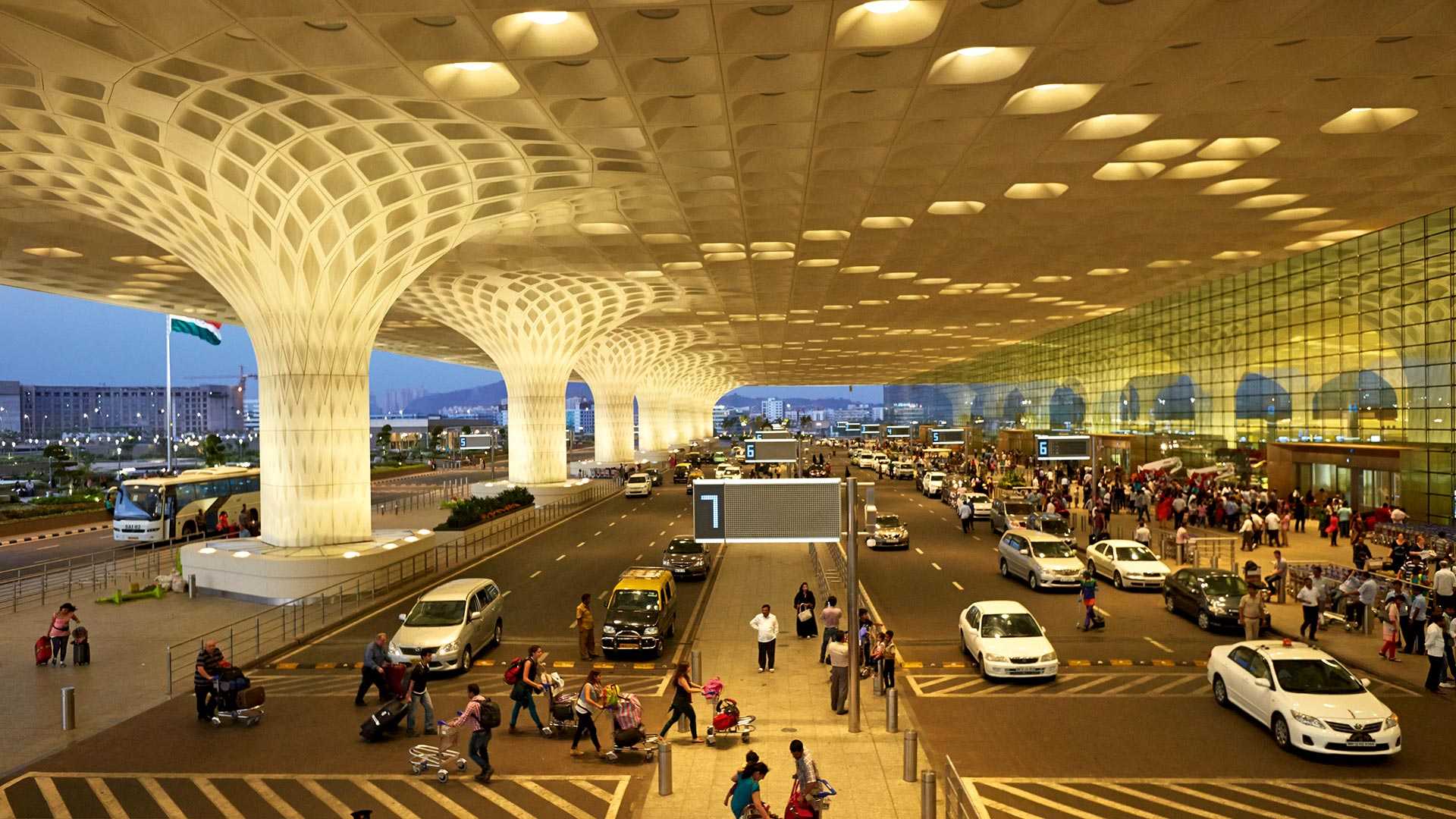With the transfer of six airports on a 50 year lease, the Adani Group is ready to achieve the feat of being the biggest private operator.
Adani Enterprise Ltd (AEL) will soon become the biggest private airport operator in the country, with the transfer of six airports on a 50-year lease. The Adani group is ready to achieve the feat of becoming the biggest private operator. It plans to establish dominance in the aviation market, as Adani has over its businesses in ports and energy is now possible.
The group won AAI’s bidding process to acquire the lease of the publicly-owned airport back in 2019. Under the bid, the union cabinet approved the transfer of six airports on 50-year leases to AEL. Control of airports in Lucknow, Jaipur, Mangaluru, Ahemdabad, Guwahati, and Thiruvananthapuram will be taken over by the group.
By offering the highest share of revenue-per-passenger, AEL won the deal of the contracts. Under the deal, the company will take over management, operations, and development in a public-private partnership model,
COVID-19’s destruction of the aviation sector
The novel coronavirus pandemic has halted the aviation market for more than a quarter. Although countries are slowly starting to revive operations, it will take more time in returning to the pre-COVID level. India is no different, and the lockdown left 90 percent aeroplanes to sit in airports.
India’s aviation sector will lose more than $4 billion in the financial year 2021, according to CAPA India. Passenger demand is likely to contract by 49 percent this year for domestic travel due to the pandemic, said the International Air Transport Association (IATA) in July.
The Adani Group sought time until February 2021 from the government for the official takeover of Lucknow, Ahmedabad and Mangaluru airports, citing the ongoing pandemic. Thus it is clear that Adani will take control of the second batch of airports later to avoid losses due to the coronavirus.
Adani ambitions
In its most recent FY 20 annual report, the company made it clear that it aims to become the largest private airport dealer in India. In the report, the aims lists consist of developing world-class infrastructure at airports, enhance the passenger experience and build entertainment destinations such as airport villages, hotels and malls.
The group also aims to increase domestic airline connectivity for existing airlines. It is also set to increase flights to destinations in West and Southeast Asia. Major revenue for players in the airport business comes from entertainment destinations such as hotels and shopping malls. Thus it becomes important for AEL to focus on the entertainment aspect.
Kerala’s opposition
The CPI-led state government of Kerala has shown opposition regarding handing over the state-owned Thiruvananthapuram airport to the AEL. The state government has asked the centre to reconsider its decision to award the contract to Adani Group for a 50-year-lease.
State’s Chief Minister Pinarayi Vijayan wrote to Prime Minister Narendra Modi stating that the central decision to award the airport is a contravention of the assurance of the Ministry of Civil Aviation (MoCA) in 2003.
“In view of the unilateral decision taken by the Government of India, without giving credence to the cogent arguments put forward by the state government, it will be difficult for us to offer cooperation to the implementation of the decision, which is against the wishes of the people of the state,” said Vijayan in a letter to the Prime Minister.
Airport revenue model
Airport operating business revenue comes mostly from entertainment destinations such as hotels, malls, and aerotropolitans. The revenue has two main categories:
1) Aeronautical revenue- Revenue collection from land fees, parking, development fees, cargo and ground handling, aircraft fueling, and housing fees.
2) Non-Aeronautical revenue- Revenue collection from food and beverages, retail licenses, duty-free shops, advertising, space rentals, and development right.
Airports awarded to the AEL group have a non-aero spend of Rs 80 per passenger, according to the CLSA in the 2019 report. The company has the potential to double and triple its current revenue and has an additional 237 acres of land for development.

